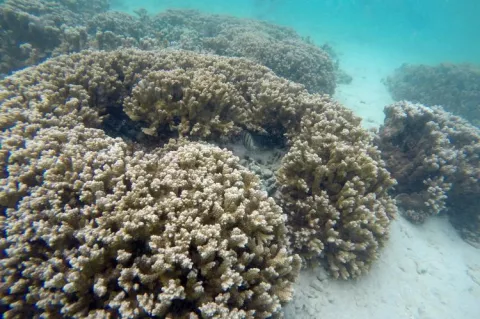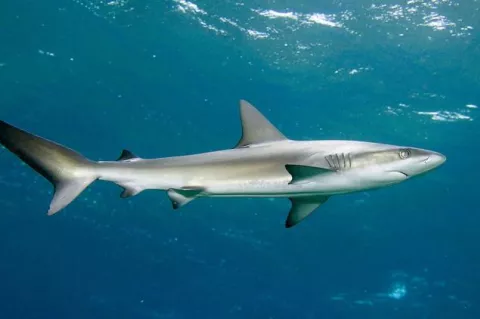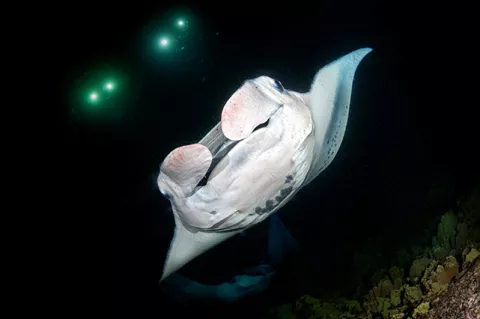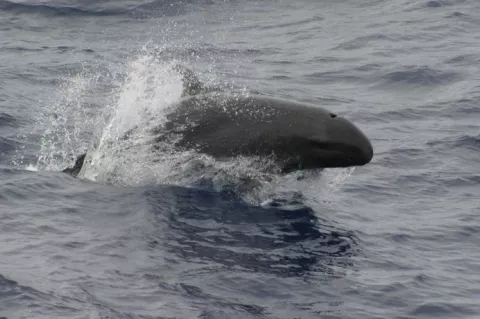Surprising Sexual Encounter Seen in Humpback Whales
Lyle Krannichfeld and Brandi Romano observed two whales circling near their boat before joining in sexual activity about five metres below their vessel, off the Molokini crater near Maui. They were able to photograph them, providing an unprecedented glimpse into the intimate lives of these marine giants. Dr. Stephanie H. Stack, marine mammal researcher in Hawaii, published the observations in a study.











